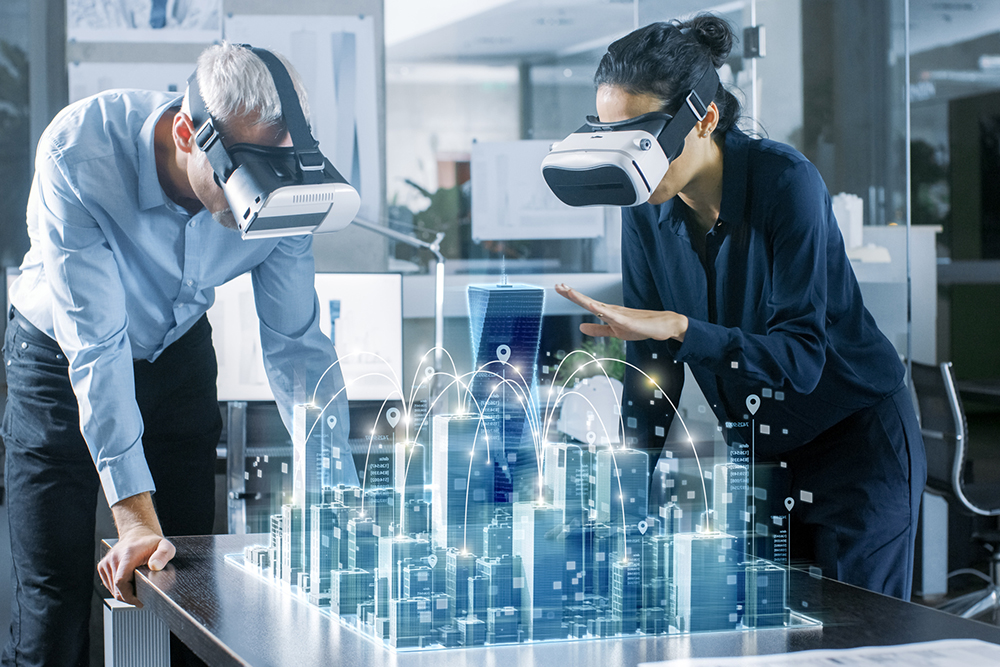Research and statistics show that virtual reality (VR) in corporate training will reach a value of $2.8 billion by 2023 and that VR has several benefits for the learning and development (L&D) industry.
But before your organization invests a lot of money into VR for its training initiatives, it’s important to know exactly what you can do to make the most of its effectiveness to maximize the returns on your investment.
Below are four things you can do to maximize the effectiveness of the VR you use for your organization’s training programs and initiatives.
1. Research VR Technology Options
Because VR technology is somewhat new to the L&D industry, it might be tempting to acquire certain VR hardware or software simply because it’s trending or popular. But you will want to do your research to make sure that you’re implementing the hardware and software that align with your organization’s goals and the training objectives for your VR programs. Otherwise, you’ll end up spending a lot of money on VR technology that ultimately won’t fit your organization’s training needs.
2. Match VR with Training Goals and Objectives
Don’t acquire or use VR technology for your training programs until you know what you want to use it for and what training or L&D goals it will fulfill.
Will your VR training equipment and programs be able to train your customer service staff better or help you meet your organization’s safety and compliance requirements? Ultimately, you’ll need to decide what training goals and initiatives it will help you implement and improve.
3. Make It Convenient and Easy to Use
It’s important that your VR training programs be convenient to use and access—otherwise, your learners will not want to, or be able to, engage with them. Learners should be able to complete these programs at their own convenience and be able to easily learn how to use VR hardware and software. If the VR is difficult to use or understand, learners will not be inclined to complete those training programs.
4. Evaluate Learner and Employee Performance Data
As your learners use VR for their training programs, be sure to look at and evaluate their data. For example, keep track of the VR training program content that leads to better learner knowledge retention when your workers complete assessments and evaluations. Also take note of which VR features are the most used during active training sessions.
In addition, once your learners have completed their VR training programs, you’ll want to determine their effectiveness by evaluating employee performance data. For instance, you would want to see if your customer service VR training leads to employees with better customer satisfaction ratings and reviews. And for VR safety training, you would want to see if the number of employee accidents decreased.
Evaluating learner and employee performance data will help you keep your VR training programs relevant and effective because you’ll know what improvements need to be made, as well as what consistently yields positive results.
If you want to ensure the effectiveness of the VR used in your training programs, be sure to follow the tips above. And to learn more about implementing VR in your training programs, be sure to check out the Workforce L&D session: Making Virtual Classroom Learning Relevant: How to Effectively Use Scenario-Based Learning to Boost Engagement and Message Retention.


